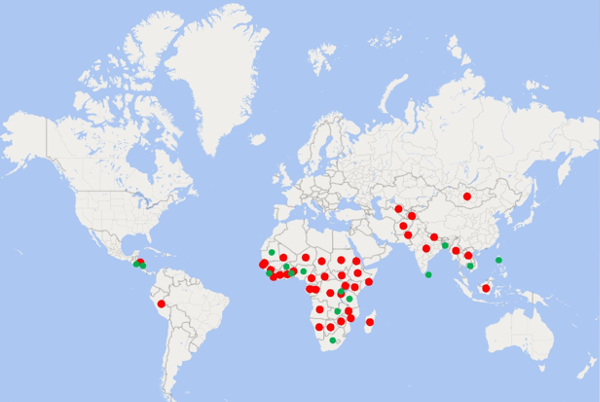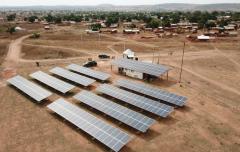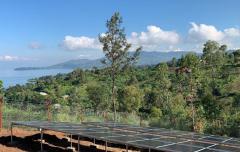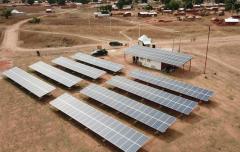Three key challenges to scale up the mini-grid sector
On 1 July 2020, Sustainable Energy for All (SEforALL) and BloombergNEF launched the State of the Global Mini-Grids Market Report 2020 on behalf of the Mini-Grids Partnership.
The report finds that an estimated 111 million households could be connected to mini-grids in Sub-Saharan Africa, Asia and island nations by 2030, assuming universal electricity access is achieved. 102 million and 25 million households could have electricity access via grid extensions and solar home systems respectively.
These estimates are based on a least-cost approach that selects technologies to provide electricity access at the minimum cost in terms of delivery to end-consumers. In rural areas and remote islands where households are scattered and grid extension is prohibitive, use of decentralized energy technologies such as mini-grids and off-grid solar home systems can be an option to bring electricity to consumers faster and at lower cost.
In short, mini-grids, along with off-grid solar, have great potential for helping the world achieve Sustainable Development Goal 7 (SDG7) by 2030 in a cost-effective manner.
However, the mini-grid market is yet to achieve a tipping point at which it can expand without subsidized support. The conclusions and recommendations in the mini-grids market report raised three key challenges that the mini-grid sector must overcome to achieve greater scale.
Need for regulations to protect mini-grid asset cash flows
Few governments in countries that need sustained investment in rural electrification provide regulations that protect mini-grid owners explicitly. For example, many governments lack regulations that protect isolated mini-grids if the main grid arrives. Without such regulations, the state may expropriate mini-grid assets with minimal compensation, or they may become stranded.
In an ideal policy and regulatory scenario, mini-grid owners would have reassurances that, should grid arrival occur, a range of options would be available to them, such as receiving compensation and operating alongside the main grid (e.g., Nigeria). Section 6 of the report, on policy and regulations, analyzes this issue, including grid arrival rules.
Clear rules on the arrival of the main grid across surveyed countries, 2018
Solving customers’ ability to pay
Secondly, rural mini-grid operators sell electricity to customers that often have little income and limited ability to pay. Power demand from these customers can be limited and unpredictable as many rely on agriculture for income. Varying weather conditions, seasonality and crop yields all directly impact the ability of these customers to pay their bills.
Such irregular income streams pose significant risks to revenue collection. Solar hybrid mini-grids achieve better economic performance when the power demand profile follows the generation curve of the PV. Mini-grid developers are increasingly looking for sites where ‘productive-use’ customers (i.e. commercial and industrial) are present, and they innovate business models to stimulate those customers to use more electricity. Section 8 on economics discusses the importance of involving productive-use customers in solar hybrid mini-grid projects and business models.
Overcoming small project sizes
Finally, the majority of rural mini-grids range from just 10 to 100kW. Private financiers tend to favour larger deals that allow them to amortize transaction-related costs over larger volumes of capital (and, in many cases, earn larger fees). As a result, many are unwilling to invest the time and effort required to conduct due diligence and provide financing for projects that may require as little as USD 1 million or less.
In 2019, there was a transaction to finance a portfolio of mini-grids with a total capacity of 1MW in Tanzania. A portfolio approach would be beneficial to make financing attractive for commercial project finance investors, and to distribute risks.
The mini-grid sector needs to take all these concerns into account in order to scale up significantly with private capital. The report gives recommendations for four key stakeholder groups that have potential to address those challenges – governments, development finance institutions/donor agencies, financiers and developers – with a hope that they can act toward universal electricity access in a concerted manner.
The 196-page State of the Global Mini-Grids Market Report 2020 and accompanying open-source mini-grid project database are based on extensive data collection and interviews with 68 mini-grid stakeholders across the world. The report provides comprehensive analysis on topics ranging from technologies, to business models, policy, financing, economics and impact assessment.
Photo credit: JUMEME
About the authors






